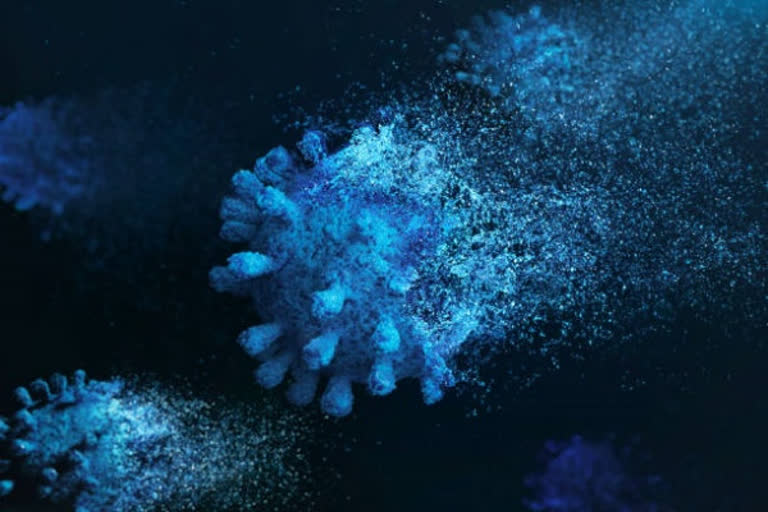Washington: Scientists in the US have developed a durable and safe-to-use coating that may kill the COVID-19 causing SARS-CoV-2 virus, E. coli and MRSA bacteria, and a variety of other pathogens within minutes. The coating developed by researchers at the University of Michigan killed 99.9 per cent of microbes even after months of repeated cleaning and abrasion on real-world surfaces like keyboards, cell phone screens and chicken-slathered cutting boards.
The coating could be a game changer in traditionally germ-laden public spaces like airports and hospitals, said Anish Tuteja, a professor at the University of Michigan. "Disinfectant cleaners can kill germs in only a minute or two but they dissipate quickly and leave surfaces vulnerable to reinfection" said Tuteja, a co-corresponding author of the research published in the journal Matter.
"We do have long-lasting antibacterial surfaces based on metals like copper and zinc, but they take hours to kill bacteria. This coating offers the best of both worlds," he explained. The coating, which is clear and can be brushed or sprayed on, uses antimicrobial molecules derived from tea tree oil and cinnamon oil, both used for centuries as safe and effective germ killers that work in under two minutes, the researchers said.
The coating's durability comes from polyurethane, a tough, varnish-like sealer that is commonly used on surfaces like floors and furniture, they said. "The antimicrobials we tested are classified as 'generally regarded as safe' by the FDA, and some have even been approved as food additives," Tuteja said. "Polyurethane is a safe and very commonly used coating. But we did do toxicity testing just to be sure, and we found that our particular combination of ingredients is even safer than many of today's antimicrobials," he added.
The results of the study's durability tests suggest that the coating could keep killing germs for six months or longer before its oil begins to evaporate and reduce its disinfectant power. However, even then, Tuteja said it can be recharged by wiping it with fresh oil which is reabsorbed by the surface, starting the cycle again. Tuteja estimates that the technology could be commercially available within a year.
